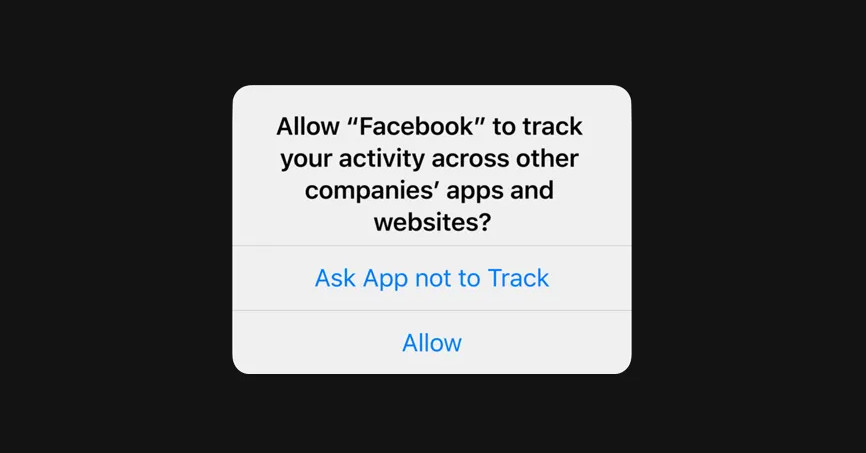I would be surprised to meet an digital marketer who doesn’t remember April 2021 well. It is a month that lives in infamy among marketers. It is the month when iOS14 was released and significantly changed the landscape of digital marketing by neutering Facebook ad optimization capabilities. Let’s explore what happened during that month and what has become of Facebook since.
How Does Facebook Ad Optimization Work
Facebook Ads Manager is the basis of all Facebook campaign management. Its structure gives us a clear view of how Facebook likes to optimize campaign performance. It starts by identifying your goal - views, traffic, or sales, for example. Then it shares your campaign message and creatives with your chosen audiences. With a brand new campaign or new brand comer to Facebook, Facebook likes to share your message with as many people in your audiences as possible as fast as possible. It does this in what Facebook ad manager calls the LEARNING stage. In this stage, it is looking to identify anyone who behaves inline with your desired goal (e.g., view the ad, click through your site, make a purchase, etc.). As it collects these individuals, Facebook activates its machine learning algorithm. This algorithm’s goal is to analyze the specific elements or data points of the individuals in the audience pool to extract commonalities among them. This is, of course, more than generic traits such as demographics. Facebook tries to look at everything from behavior on Facebook, behavior off Facebook and even how they interact with other Facebook users, pages, and brands. When it has identified enough data commonalities within the group, these data points become data signals that Facebook can use to find others across its platform that fit your audience parameters and are likely to behave inline with your desired goal.
 How did iOS14 change data tracking and impact Facebook
How did iOS14 change data tracking and impact Facebook
When iOS14 was released, Apple gave its users the ability to opt out of being tracked by apps and websites across iOS devices. 92% of Apple’s users decided against having their data collected by Facebook's apps. When Facebook's policy team decided to use a single opt-out for all of a user's data, irrespective of the device, things became worse. This decision led Facebook to drop all inbound data from a user, who had opted out of tracking on iOS devices, regardless of whether the information originated from an iOS device or not. As we mentioned above, this type of off-Facebook behavioral data is a huge part of the Facebook optimization process. In short, Apple severely limited Facebook's data access and then Facebook's policy team amplified the problem in the response.
What Solutions Did Facebook Develop In Response To iOS14
Facebook is a resourceful company and they developed two related solutions in response.
- Modeling Conversions - In response to the loss of data, Facebook introduced modeling to make up for the loss by using the data it did have. It uses the modeling to provide a more complete view of results by estimating conversions where data may be missing or partial. This is all designed to give digital marketers a better understanding of campaign performance and impact.
- Conversions API - Further to increase the flow of data from your website or app back to Facebook, Facebook introduced its Conversions API which forms a direct connection between your website and Facebook optimization systems.
What Are The Downsides To Facebook Solutions?
The simple truth of the matter is that Facebook's solutions both have a clear weakness. They don’t address the core problem caused by iOS14 - loss of lots and lots of data.
- Modeling is only as effective as the volume and quality of data you feed the models. With 60% of potential data removed from Facebook models, it just can’t be that accurate.
- While the Conversions API empowers you to build your own data connection and govern that data through your own policies, the Facebook Shopify CAPI connection is managed by Facebook and still adheres to Facebook data tracking and storage policy. This means that all inbound data from a user, who had opted out of tracking on iOS devices, dropped regardless of whether the information originated from an iOS device or not.
How To Address The Downsides of Facebook’s Solution?
The answer to this question is rather obvious - get more data into Facebook. But how? Popsixle offers a robust Conversion API connection similar to Shopify's. But unlike Shopify's Conversions API connection, which adheres to Facebook’s data policy terms and conditions, Popsixle lets you govern your site data under your terms and conditions. As a result, where Facebook Conversion API drops 60% of your data, Popsixle's connection passes along 100% of your data back to Facebook. This leads to much more accurate conversion tracking and modeling, which leads to much stronger optimization from Facebook.